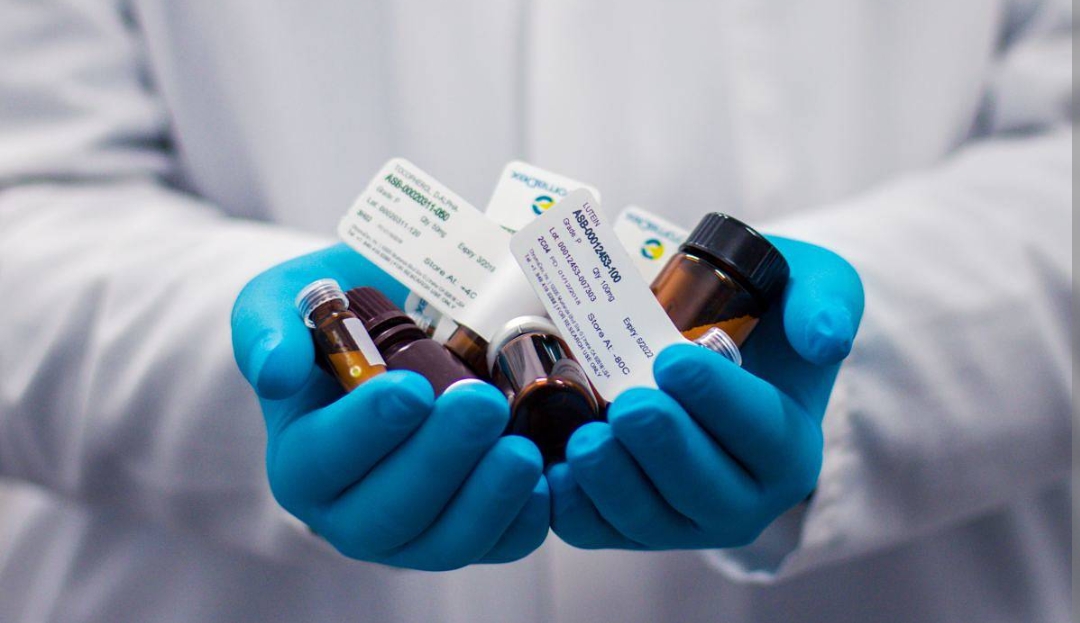
Evolving Trends in the Medical and Orthopedic Devices Industry
Orthopedic Devices Industry have pivoted to concentrate on their internal core competencies. Under these conditions, outsourcing makes sense in terms of cost and speed to market if orthopedic device manufacturers select contract R&D and manufacturing partners that can expand their in-house innovation capabilities, offer scale and quality improvement, and push the fixed costs of internal R&D to the other side of the balance sheet.
Orthopedic and medical devices play a primary role in improving the health of patients with musculoskeletal and other medical conditions. The U.S. currently boasts the largest medical device market in the world. By 2023, the industry is expected to grow to a whopping $208 billion. Additionally, the worldwide orthopedic devices market is projected to reach approximately $43.1 billion by the year 2024.
The need for orthopedic and medical alert devices is increasing rapidly due to the aging baby boomer population and the increase in number of overweight and obese individuals. Both the rising incidence of orthopedic conditions, such as degenerative bone disease, and the increasing geriatric population are driving growth in the orthopedic device market.
Outside the U.S., it’s anticipated China and India will account for the world’s largest geriatric populations. The Asia/Pacific area is an emerging market due to its increasing per-capita income, increasing disease awareness, and improved health infrastructure. This makes it a high growth potential for both medical and orthopedic device manufacturers. The booming medical tourism industry, with more cost-efficient rates, should also attract patients.
In the United Kingdom, according to a published report by Arthritis Research, an estimated 17.8 million people in the U.K. live with a musculoskeletal condition. This number accounts for roughly 28.9 percent of the total population. These statistics reveal the number of orthopedic surgeries is steadily increasing, which should lead to an increase in the demand for orthopedic implants.
The COVID-19 pandemic has made it apparent to all—not just medical and Orthopedic Devices Industry leaders—how vital telemedicine has become. With social distancing, telemedicine and remote monitoring have become primary modes of patient care.
Remote patient monitoring has been used for years, but it is becoming increasingly more useful for those who don’t want to, or can’t, go to a physician’s office for a health check-up. Factors like blood sugar, oxygen saturation, blood pressure, weight, and more, can all be monitored remotely. Industry leaders in the medical device field will be looking for more innovative technologies to make use of telemedicine.















